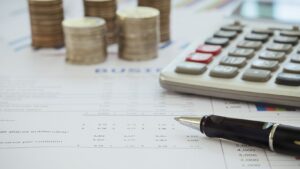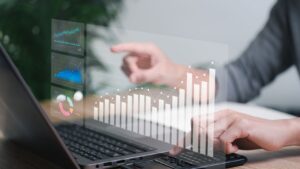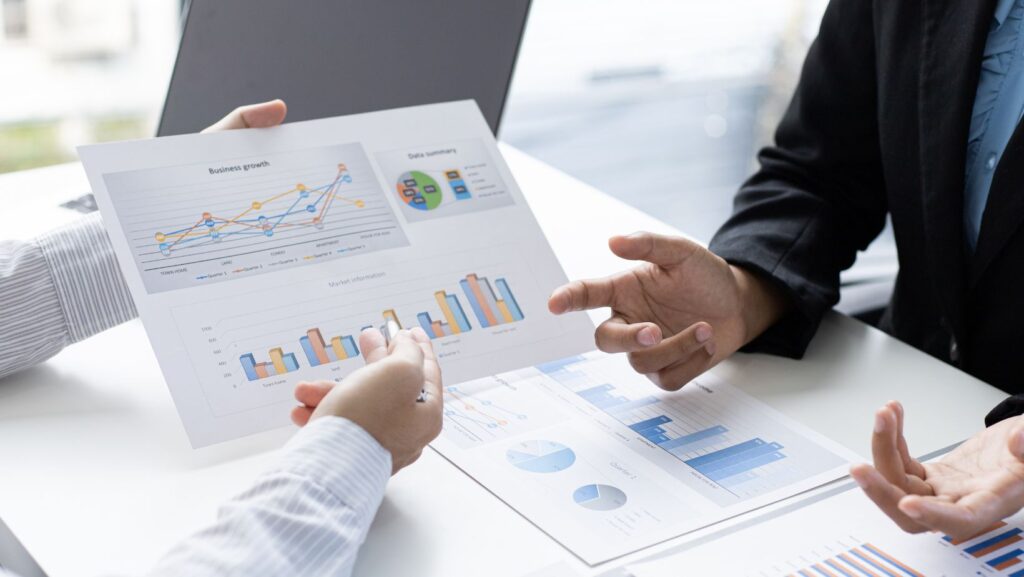Economic Environment Meaning
 Understanding the economic environment is crucial for businesses, policymakers, and investors alike. It encompasses all external economic factors that influence buying habits, market trends, and overall economic health. These factors include inflation rates, employment levels, and government policies, among others.
Understanding the economic environment is crucial for businesses, policymakers, and investors alike. It encompasses all external economic factors that influence buying habits, market trends, and overall economic health. These factors include inflation rates, employment levels, and government policies, among others.
By analyzing the economic environment, stakeholders can make informed decisions that align with current market conditions. Whether it’s adjusting business strategies or formulating economic policies, having a grasp on these external factors can spell the difference between success and failure.
Understanding Economic Environment
The economic environment includes various external factors influencing an economy’s performance. These factors encompass inflation, interest rates, unemployment, and governmental regulations. Analyzing these elements helps stakeholders identify potential challenges and opportunities within a market.
Economic policies set by governments play a pivotal role in shaping the economic environment. They affect taxation, trade regulations, and fiscal spending, impacting overall economic stability. When governments implement policies like tax cuts or increased public  spending, the resulting economic activity can often boost growth.
spending, the resulting economic activity can often boost growth.
Inflation and interest rates are critical economic indicators. Inflation affects purchasing power and cost structures, while interest rates influence borrowing costs for businesses and consumers. A rise in interest rates typically leads to reduced spending and investment; conversely, lower rates often encourage borrowing and stimulate economic growth.
Employment levels are another crucial aspect. High employment rates boost consumer confidence and spending but can also lead to wage inflation. Businesses must track labor market trends to maintain competitive wage structures and ensure workforce stability.
Understanding these components enables businesses, policymakers, and investors to navigate economic cycles effectively. They can better predict market trends and adapt strategies to optimize success.
Key Components of Economic Environment
Analyzing key components of the economic environment helps stakeholders navigate market dynamics effectively. This section explores critical elements influencing economic stability.
GDP and Economic Growth
Gross Domestic Product (GDP) measures a country’s economic performance, quantifying the total value of goods and services produced over a specific period. Higher GDP indicates robust economic health, signifying increased production and consumer spending. For instance, a 3% GDP growth rate suggests a flourishing economy, while a decline may signal recession. Monitoring GDP trends assists policymakers in formulating strategies to stimulate growth and stabilize the economy.
Inflation Rates
Inflation rates measure the rate at which general price levels for goods and services rise, impacting purchasing power. Persistent inflation erodes consumer savings but can spur spending and borrowing in the short term. Central banks often use interest rate adjustments to control inflation. For example, an annual inflation rate of 2% is usually considered manageable, whereas rates above 5% may necessitate intervention. Understanding inflation dynamics helps businesses adjust pricing strategies and manage costs.
Unemployment Levels
Unemployment levels indicate the percentage of the labor force that is jobless and actively seeking employment. Low unemployment levels signal a thriving job market, boosting consumer confidence and spending. Conversely, high unemployment leads to reduced consumer expenditure and economic stagnation. Governments employ various measures, such as job creation programs, to tackle unemployment. For instance, a 4% unemployment rate reflects near-full employment, while a rate above 10% often requires significant policy intervention. By tracking unemployment trends, stakeholders can adjust labor strategies to maintain workforce stability.
Types of Economic Environments
A comprehensive understanding of economic environments is essential for businesses, policymakers, and investors. Economic environments are generally classified into microeconomic and macroeconomic environments.
Microeconomic Environment
The microeconomic environment focuses on individual and business-level economic activities. Elements include consumer behavior, company capabilities, and competition within specific markets. Consumer demand plays a pivotal role as it dictates the goods and services businesses produce. Company capabilities, such as resources and technology, determine operational efficiency and market adaptability. Competition within markets influences pricing strategies and innovation. Examples include how a local coffee shop adjusts prices based on competitor pricing and consumer preferences.
Macroeconomic Environment
 The macroeconomic environment encompasses broader economic factors affecting entire economies. Components include GDP, inflation rates, and employment levels. GDP measures aggregate economic activity, reflecting overall economic health. Inflation rates indicate price level changes, affecting purchasing power and monetary policy. Employment levels, indicating labor market conditions, influence consumer spending and economic growth. Instances of macroeconomic factors include government fiscal policies adjusting tax rates to control inflation and central bank interventions altering interest rates to manage economic stability.
The macroeconomic environment encompasses broader economic factors affecting entire economies. Components include GDP, inflation rates, and employment levels. GDP measures aggregate economic activity, reflecting overall economic health. Inflation rates indicate price level changes, affecting purchasing power and monetary policy. Employment levels, indicating labor market conditions, influence consumer spending and economic growth. Instances of macroeconomic factors include government fiscal policies adjusting tax rates to control inflation and central bank interventions altering interest rates to manage economic stability.



